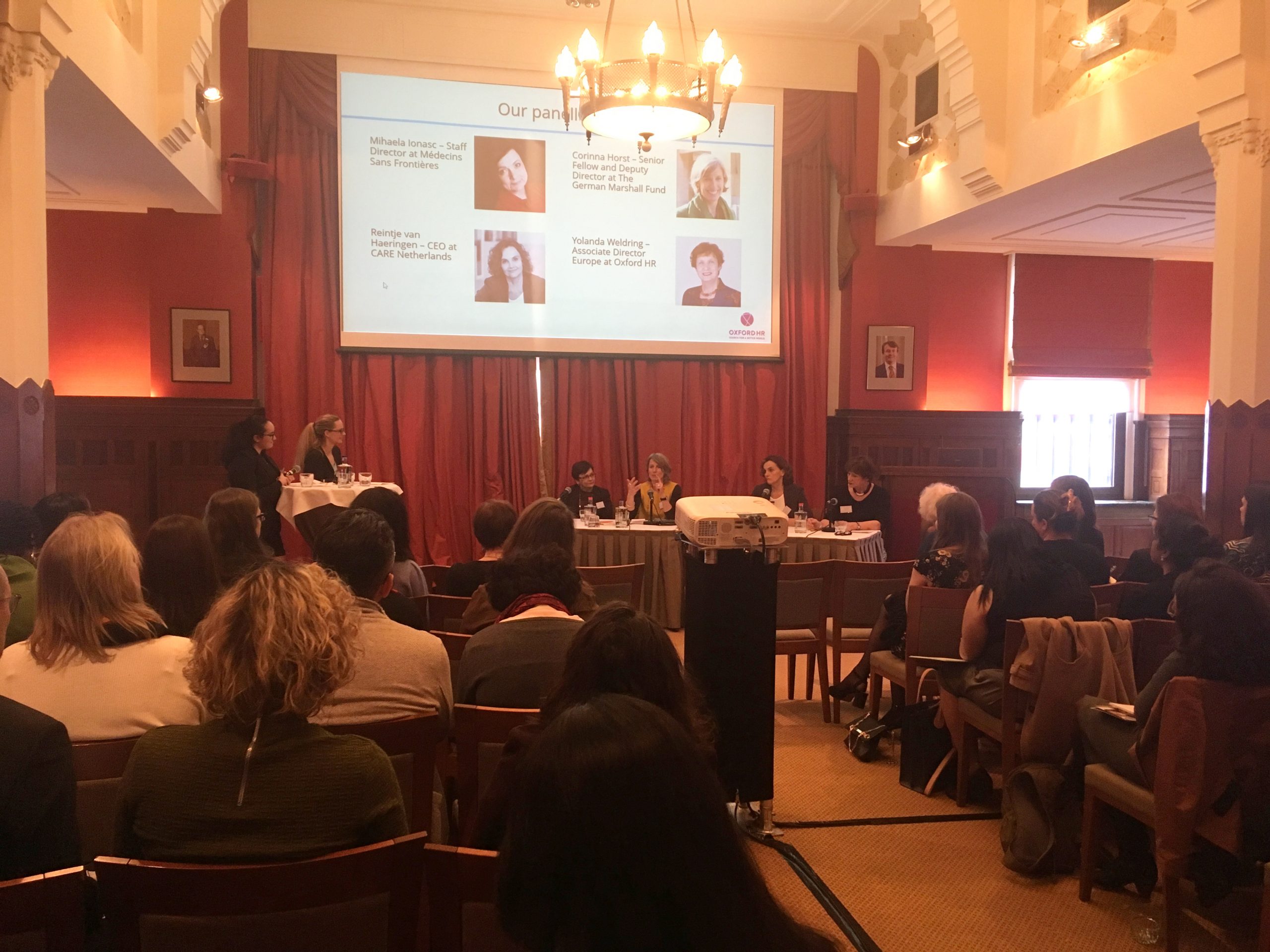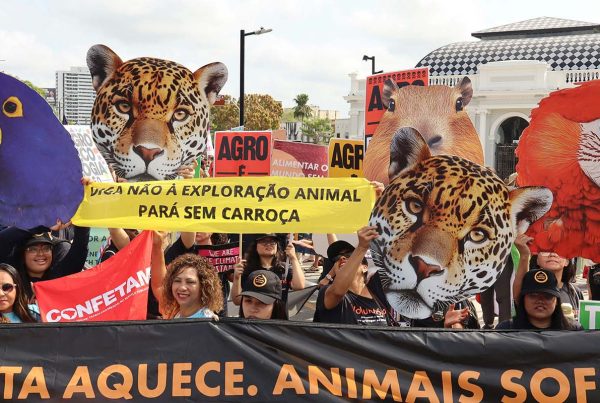- Diversity and inclusion are not the same thing, and they might not mean what you think
New buzzwords quite often spring up to express similar ideas. Diversity has been around for a while, and inclusion is definitely the new firm favourite. Both do seem to be enduring, so getting to grips with what they really mean is important. Diversity, as our panellists pointed out, means something different in every organisation. If you’re part of an organisation based in East Africa, diversity might mean bringing in staff members from other parts of the continent. One audience member pointed out that diversity isn’t just about gender and ethnic background, but can also be socio-economic. Why do we need to ask for a master’s degree for programme manager role, for example? Diversity is relative, requires context to make sense, and merits regular rethinking.
Inclusion, on the other hand, is about making sure every member of staff feels like they belong. It might mean making sure that someone with a disability can see that their needs would be accommodated by your organisation. It might mean making sure your website and brochures are using images and language that reflect the people you want to hire, so they can see themselves working with you.
Diversity can be quantified to some extent, but inclusion cannot – it’s about organisational culture.
- These terms, ironically, can exclude people
The complete gender imbalance in terms of our attendees was the elephant in the room and was quickly confronted by our panellists. Of the roughly 65 people who took the time out of their afternoons to come and share their experiences with us, only 7 were men. One possible culprit in the case of our event was the language we chose: female leadership and inclusion. Corinna Horst, who is working on this issue within her own organisation (The German Marshall Fund), suggested using terms like innovation, new perspectives, and unconscious bias to approach the same issues from a fresh angle. Talking about diversity can have the unintended effect of designating one group of ‘victims’ who need to be helped and one group of ‘perpetrators’ who need to change their ways. Empowering everyone to take part in the discussion will make sure that more people are invested in making positive changes.
- Addressing your organisational culture at every level is essential
One of our panellists, Mihaela Ionasc (Staff Director at MSF Operational Centre Amsterdam), voiced some scepticism about strategies like gender quotas. She shared a very interesting initiative she had heard about: bringing women in for interviews with the board without a specific role in mind. This would allow the senior levels of the organisation to see for themselves that there were qualified and talented women out there, and resulted in a definite increase in terms of gender parity within the organisation. This links to a general sentiment that seemed to come up again and again – that cultural change was the most important thing when thinking about increasing diversity and inclusion.
Another of our panellists, Reintje van Haeringen (CEO of CARE Netherlands), made it clear that cultural change has to happen at every level of the organisation, with senior leadership needing to be an exemplary role model. The lack of safeguarding and the prevalence of sexual harassment in the NGO world has become a major talking point in the last couple of years and demonstrates a deep cultural problem at every level of many large organisations. Our very own Yolanda Weldring sat on the panel and spoke about her efforts to improve safeguarding in the field, and the resistance this met with. She spoke about her efforts to diversify the leadership of large INGOs headquartered in Europe but working primarily in the ‘Global South’.
The general feeling was that we don’t want to wait a hundred years for equality to come about, but that quotas alone can’t fix a cultural problem. We need to make inclusion something people at every level of an organisation feel invested in – otherwise we might still be having the same conversation at our Amsterdam office’s 20th anniversary in 2039.
– Emer Byrne, Researcher Europe



